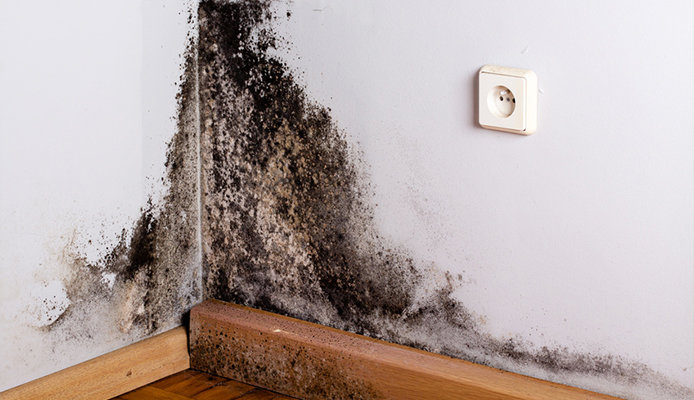Mold is a major-league nuisance that grows on damp wood, floors, walls, and ceilings. It often darkens your decks, discolors drywall, and blackens the grout lines in your shower. Almost every home can be mold-infested at some point, and for you to stay safe and healthy, you need to know how to identify and remove mold. Mold emit microscopic spores that may cause sneezing, runny noses, allergic reactions, and disgusting odors. In this piece, you’ll learn how to remove mold and get rid of odors.
Identify the Mold
You can adequately execute a mold remediation project if you know where the mold by identifying the affected surfaces. Mold is a type of fungus that grows out of tiny spores floating in the air. Mold grows on any moist surface with comfortable temperatures of between 40 and 90 degrees, meaning that every damp area in your home is a potential breeding ground for mold.
Mildew is the most common type of mold that is quite visible. This type of mold starts as tiny black spots and grows into bigger colonies. It is the black stuff you usually see in damp, shady areas, painted sidings, and grout lines in your shower.
Sometimes, it might be difficult to distinguish a mildewed surface from a dirty one. You should dab drops of household bleach on the mildewed area to test for mildew. If the area remains black after a few minutes, you probably have dirt. If it lightens, you have mildew.
While mildew won’t compromise the structure of your home, other types of mold can cause rot and eventually damage your home’s structure. You can use a sharp tool or screwdriver to remove mildew from wooden surfaces.
You can also smell high concentrations of mold in your home. Check for mold in crawlspaces, under floors, and on damp walls and carpets whenever you detect a typical musty odor. These infestations should be cleaned right away before they escalate into larger infestations.
Removing Large Infestations
Removing large infestations of mold in your home requires precautions and the right tools. With a bleach/water mold cleaner solution, you can scrub away mold from sidings and bathrooms in a matter of minutes. However, mold can also grow in hidden areas and be difficult to notice until you notice a mushy drywall, staining on your surfaces, or a musty odor. Therefore, it is important to take special precautions or hire an expert when removing mold from hidden areas when you detect musty odors or find extensive mold damage. In order to avoid contaminating the rest of the house and protect yourself while removing the mold, take the following steps:
- Wear old shoes and clothes that you can dispose of after the cleanup work
- Wear goggles and gloves
- Wear special N-95 or P-100 respirators
- Ventilate the room while working with a cheap or old box fan in a window
- Use a mold cleaner to scrub moldy surfaces
- Tape plywood around your window openings to prevent spores from blowing back in
- Moisten moldy areas with a garden sprayer to control airborne spores while working
- Contain spores by closing doors, covering ducts and turning off your furnace and air conditioner
- Keep your wet/dry vacuum outside and dispose of the filter. Wash out the attachments including the tank.
- Use a dehumidifier to dry the cleaned areas and check them after a few days to confirm whether you were able to get rid of odor and remove the mold.
- Seal cleaned surfaces after they have dried out using pigmented shellac or an oil-based primer.
- Repaint cleaned walls with ordinary latex paint that contains mildewcide to prevent future mold regrowth.
- Wrap moldy carpeting in a plastic bag and stash mold infested debris in a garbage bag before disposing of.
The process of removing mold can be quite challenging, especially to first-timers. Since, you might be forced to replace certain surfaces entirely rather than try to clean them, it’s better to hire a professional mold removal service provider. The secret to proper mold removal is to remove the mold before they get serious and harm your health and your home’s structure.
It is possible to remove mold with ordinary home cleaning products. However, disturbing big mold infestations of black mold can be harmful to your health, especially if you have a weakened immune system or you’re allergic to mold; some mold types are highly toxic. In other words, if you don’t have the right protective gear or adequate mold removal knowledge, it is advisable to contact an experienced mold removal professional.
